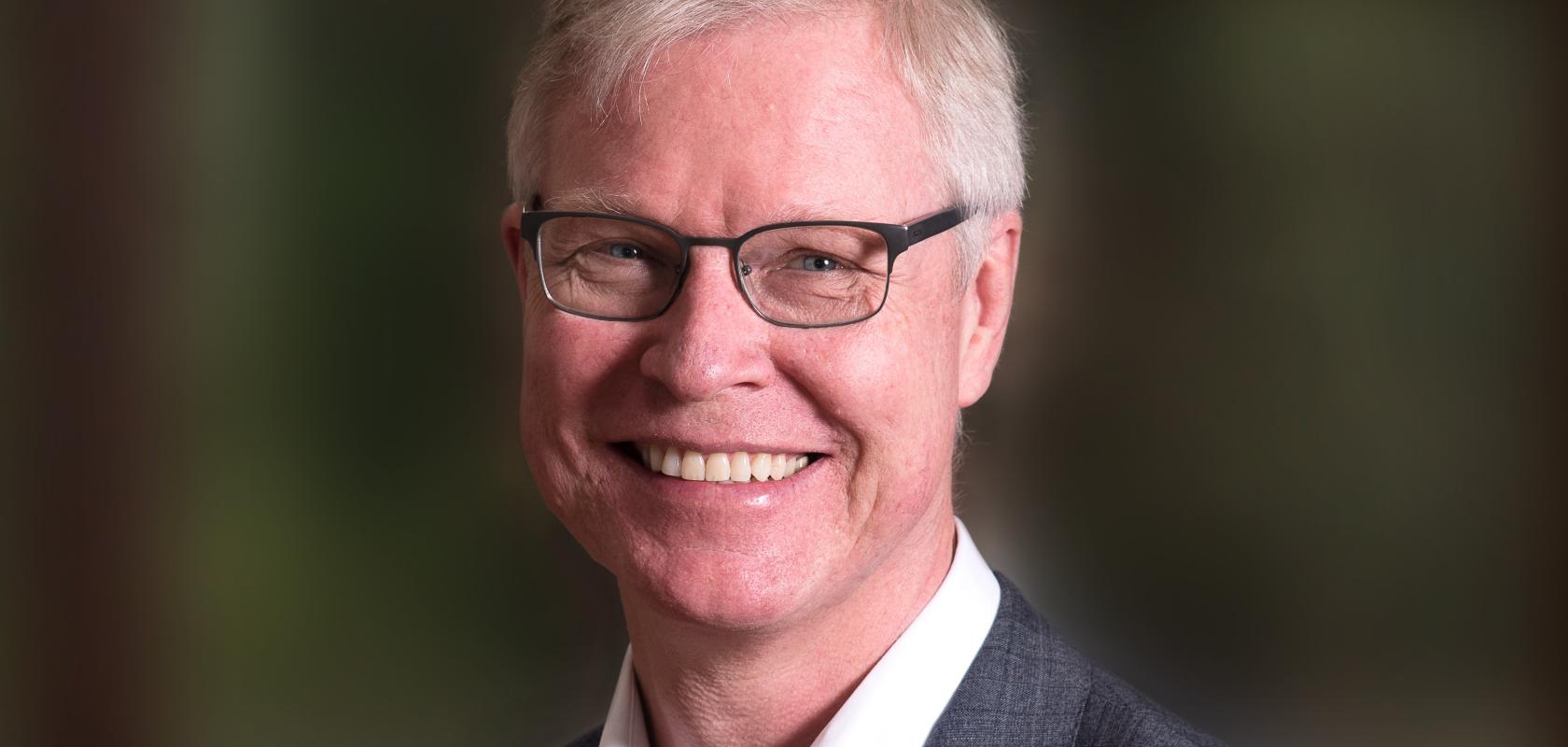Mikael Sandberg anticipates the road to 5G and its full-fibre pavement in cities
According to Tech Advocates London, 31 out of 33 London boroughs ‘have no strategy’ for facilitating the rollout of 5G networks. In addition, not a single borough has dedicated any budget at all to its implementation.
Despite the wide publication of the vast benefits of 5G, it’s clear that many people are starting to raise the alarm. Certainly, when it comes to the UK capital’s readiness – or lack thereof – for the successful deployment of 5G.
The performance goals of 5G are unprecedented for wireless networks. 5G technology can unlock unrivalled potential to input creativity into the very fabric of society by producing an integrated infrastructure that will connect buildings, transport and utilities. It provides substantial opportunity to develop and improve the way our energy, transport, healthcare and retail sectors operate in ways we had never thought possible.
However, what seems to be lacking across the board is an actual understanding – from an infrastructure perspective – of the current situation and what the roll out of 5G will entail. More specifically, that 5G alone is not enough to truly enable a new era of connectivity; its roll-out must go hand-in-hand with full-fibre. Without 5G, fibre would lack mobility, without fibre, the revolutionary goals of 5G would simply be impossible.
The workhorses of the future
According to Nielsen’s Law of Internet Bandwidth, mobile traffic is set to quadruple before 2021, with a user’s bandwidth expected to grow nearly 50 per cent every year. Without 5G, it will be impossible to keep up with the UK’s extraordinary appetite for data. To facilitate this nation’s hunger, the current infrastructure needs to change.
Earlier generations of wireless networks have relied heavily on macro towers using radio frequency spectrums as they were able to travel long distances. However, macro cells will not be able to withstand the growing speed, latency and bandwidth to future-proof 5G and beyond.
5G operates in a high-frequency band of the wireless spectrum. Because high frequency waves have a harder time travelling over distance and through objects, the 5G network will be built on small cell site technology with antennas as close as 150m apart. As a result, 5G will force telecoms companies to switch from large cell towers to lower cost and lower power radio small cell sites. These small cell sites are expected to be the workhorses of the future – they require less space and increase data capacity by proliferation or densification of the network.
However, small cells will not be doing all the work. If 5G aims to give consumers the bandwidth they require for 360⁰ 8K video streaming and immersive video gaming, then small cell traffic will need to be backhauled. It’s important to note that the future success of 5G relies on the availability of a deep fibre backhaul.

Most of the use cases for 5G fall over if you don’t have high speed backhaul capacity. Therefore, 5G simply cannot exist without fibre in the ground. A city’s network can be thought of as an inter-connected road map: the capacity of a main road connecting to a major motorway must be able to accommodate the traffic emerging from connected side roads. So even if an area had a sufficient number of cell towers (side roads), it would still require a sufficient capacity of reliable ethernet piping (main roads) in order to connect to the internet backbone (major motorway). Ultimately, the quality and reliability of the wireless network will depend on the wireline network carrying traffic to and from the 5G small cells.
According to a study by Deloitte, only 11 per cent of traffic is carried by wireless networks and the other 90 per cent of internet traffic is supported and carried by the wireline network. Therefore, a reliable backhaul connection is vital. Unfortunately, the UK’s network is built on old foundations. While Openreach’s main distribution system to on-street cabinets uses fibre, the vast majority are still copper and the difference in performance is colossal. Fibre optic cables can travel 65km without losing signal strength, whereas copper can only carry a gigabit signal of around 90m.
Fibre optic networks are only limited by the technology used to transmit and receive signals. It is only full-fibre that can handle 5G’s increased speeds with lower attenuation, and is immune to electromagnetic interference, offering practically unlimited bandwidth potential.
A political vision
Despite this, while 5G has been the phrase on everybody’s lips, the practical necessity of fibre very rarely follows it. In fact, only 10 per cent of homes and businesses have access to full fibre in the UK, with only 2 per cent connected. In sharp contrast, FTTP is the most widely used technology in Lithuania, Latvia, Romania, Bulgaria, Portugal, Spain and Sweden, with coverage in excess of 70 per cent. And in South Korea, the number is closer to 95 per cent.
However, the recent re-instatement of Boris Johnson’s Conservative government perhaps suggests that the UK is bound for change. His pledge and commitment to the roll-out of full-fibre could be the catalyst for change, in a country that is sorely equipped for the technological revolution.
It is essential that, during this Conservative term, we grab the unique chance to get Britain connected and competitive for the future to come – the most immediate future being a coordinated approach to mobile (i.e. 5G) and full-fibre fixed line access. If local authorities, government, service providers and network operators work together to roll out full-fibre networks across the UK, we can ensure that 5G is optimised over the next 5 years and beyond. At this point in time, the road to 5G in the UK is a vision, but full-fibre can make it a reality.
Collaboration is key to connection
Evidence for the dire need to implement full-fibre is not far away from home soil. In Sweden, more than 70 per cent of homes and businesses are passed by fibre, with approximately 60 per cent connected. Sweden has achieved this by promoting a collaborative approach with government, local communities, councils, as well as citizens and businesses – the active role of everyone in the community ensures that fibre can be tailored to a variety of use cases.

I believe that collaboration as the key ingredient for projects across the UK and Europe. If citizens, businesses and local governments can work together, it is simply more effective and efficient to achieve full-fibre connectivity – the common goal which unites all those involved. As an example, with this approach, Sweden has emerged as a world leading technology hub, creating more billion-dollar companies per capita than any other region in Silicon Valley.
Looking to the future
There’s no doubt that full-fibre networks provide a feasible solution to the challenges of implementing 5G technology. Areas targeted for 5G coverage require fibre to be successful, not just for capacity reasons, but to also meet the other formidable 5G performance goals - network diversity, availability and coverage. And all three goals can be achieved through a greater number of interconnected fibre paths.
5G is potentially revolutionary across a range of networks and industries such as energy, transport and utilities - which is just the tip of the iceberg. The possibilities are virtually unlimited, but only a smart, fibre-deep infrastructure will be paramount to making the 5G vision real and most importantly, to prevent the UK from being severely left behind.
Mikael Sandberg is chairman at VXFiber


